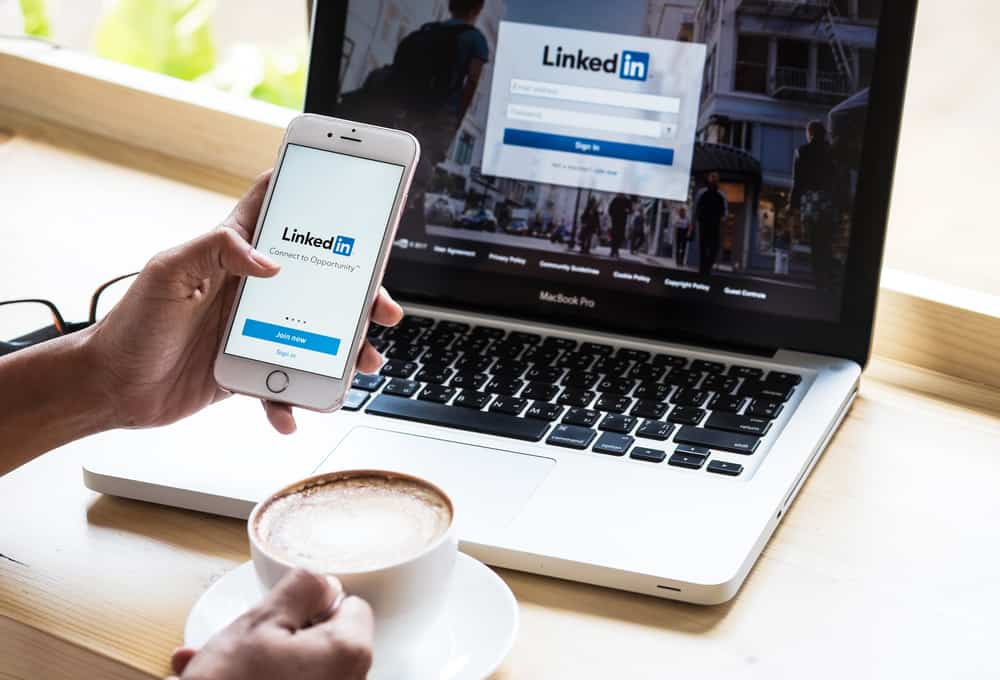
It’s exciting to receive a message from a LinkedIn recruiter or potential employer. But, once the initial excitement has worn off, you’re stuck with the following question: How do you respond? Of course, you want to show your interest but also respect their time and not appear too needy. So, if you’re not sure of the best way to respond, here are a few tips that may help:
Always begin with a courteous greeting, thank them for reaching out to you and express your interest in the role or company. If you have questions, this is the time to ask; it shows that you want to learn about them and their company. Keep it short, sweet, and to the point.
LinkedIn is a great platform to build business relations and advance your career. However, it is still a social network, and basic social decorums apply when interacting with someone on LinkedIn. If you don’t want to miss out on potential chances or come across as unprofessional, spend some time learning to respond to professional messages appropriately.
We’ll go over the dos and don’ts of how to respond to LinkedIn messages so that you can make the best possible impression.
Tip #1: Look at the Context of the Message
Receiving a message from a potential employer is different from receiving a message from a friend.
DO: Start with a courteous opener.
Start with a courteous opener if you’re replying to a potential employer. Something like, “Thank you for reaching out!” or “I appreciate the opportunity to connect!” shows that you’re grateful for the message and take the time to respond thoughtfully.
DON’T: Be too informal.
“Hey” or “What’s up?” may be friendly, but they’re too informal for a professional setting. Even if the message is from a recruiter or someone you’ve already spoken to, always err on the side of formality.
Tip #2: If You Are Interested, Ask For More Information
If the message you received has piqued your interest, it’s okay to ask for more information.
DO: Be specific about what you’re interested in.
The other person isn’t working for you (yet), so if you want more information about the opportunity, be specific in your request. Something like, “Could you tell me more about the duties of the position?” or “I’m interested in learning more about the company culture. Could you tell me more?” shows that you’re taking the time to think about what you want and aren’t just shooting off a generic response.
DON’T: Be too demanding.
On the other hand, don’t be too demanding in your response. Remember that the other person is likely busy and has their own to-do list to manage. So, politely ask them for more information without being too pushy or demanding.
Tip #3: Keep it Short and Sweet
You only have a few sentences to make an impression, so it’s important to keep your response short and sweet.
DO: Make it a few sentences long.
Your goal should be to answer the other person’s questions and express your interest without going on. A few sentences will be enough to do the trick in most cases.
DON’T: Write a novel
You’ve done chemical engineering and worked in the field for ten years. That’s great! But, save it for another time, unless it’s relevant to the conversation. The other person doesn’t need your life story; they just want to know if you’re a good fit for the job or not.
Tip #4: End with a Call to Action
Take charge of the next step; this can be as simple as “Can we schedule a time to talk?” or “Let me know if you need any more information.“
DO: Make it easy for the other person to respond.
If you’re hoping to schedule a time to talk, include specific days and times that work for you. This makes it easy for the other person to say “yes” or “no” without making too many decisions.
DON’T: Leave everything up to them.
On the other hand, you don’t want to leave everything up in the air at the end of your response. Include a few simple options that aren’t overwhelming, and let the other person choose what works best for them.
Finally, end your response with a courteous closing, like “Thank you for your time” or “I look forward to hearing from you soon.“
If you’re not interested in the role or company, be polite and honest in your response. You don’t want to leave them hanging or give them false hope. Something like, “Thank you for thinking of me, but I’m not interested in the job at this time” or “I appreciate your offer, but I’m not interested in the company” is short, sweet, and to the point.
Conclusion
But by keeping the right tone and context in mind, you can make the best possible impression and increase your chances of landing an interview. Remember to be courteous, specific, and concise in your message, and you’re sure to make a good impression on the other person.










